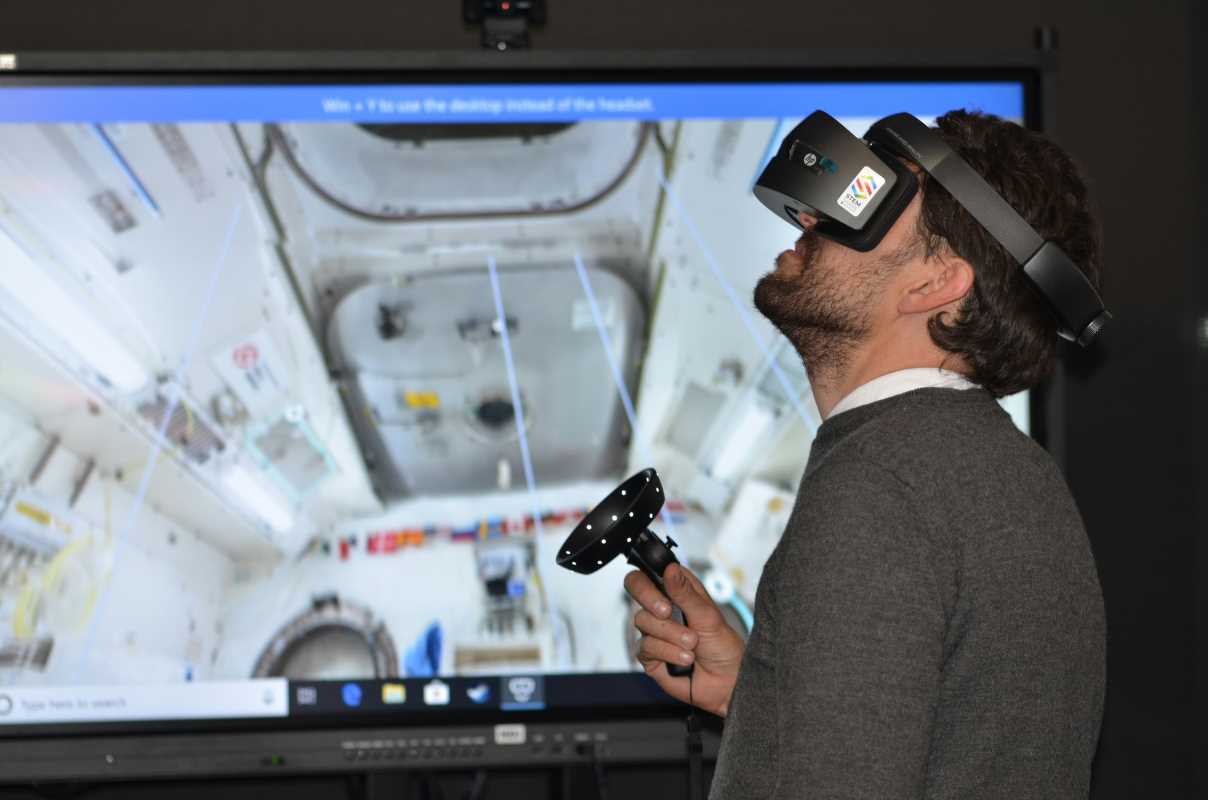The humble warehouse has undergone a remarkable transformation over the past few decades. What was once a labor-intensive environment filled with workers manually retrieving items has evolved into a sophisticated ecosystem where humans and machines work in harmony. This evolution didn't happen overnight but rather through incremental innovations that collectively revolutionized how we store, retrieve, and manage inventory. From the introduction of the first forklifts to the implementation of barcode systems, each technological advancement laid the groundwork for what would eventually become the modern automated warehouse.
Among these innovations, stacker crane technology stands out as a particularly significant development. Traditional stacker cranes allowed warehouses to store items at greater heights than ever before, dramatically increasing storage density and making better use of available vertical space. However, as e-commerce exploded and consumer expectations for rapid delivery intensified, even these systems began to show limitations. Warehouses needed to store more inventory while simultaneously increasing the speed of retrieval, a challenge that seemed insurmountable with existing technology.
Enter the double deep stacker crane, an ingenious solution that addresses both storage density and retrieval efficiency. By allowing pallets to be stored two deep rather than just one deep along each aisle, this technology instantly doubled the storage capacity of warehouses without requiring additional floor space. This was a game-changer for industries with high-volume storage needs, particularly those in urban environments where real estate comes at a premium.
The engineering behind these systems is nothing short of remarkable. Modern double deep stacker cranes incorporate sophisticated sensors, precision motors, and advanced algorithms to navigate through narrow aisles and accurately retrieve pallets stored in the second position. The telescopic forks extend deep into the racking, gently retrieving items without disturbing adjacent inventory. This delicate dance happens at impressive speeds, with some systems capable of executing more than 40 combined storage and retrieval operations per hour.
What makes these systems particularly valuable is their adaptability. Double deep stacker cranes can be integrated with existing warehouse management systems, providing a seamless flow of information from order receipt to fulfillment. This integration ensures that inventory data remains accurate and up-to-date, preventing the costly errors that often plague manual systems. As warehouses continue to evolve, this adaptability will become increasingly important, allowing businesses to incorporate new technologies without completely overhauling their existing infrastructure.
The Economics of Going Double Deep
Implementing double deep stacker crane technology represents a significant initial investment, but the long-term economic benefits are compelling. The most obvious advantage is the dramatic reduction in real estate costs. By effectively doubling storage capacity within the same footprint, businesses can avoid expensive relocations or expansions as their inventory requirements grow. In urban markets where warehouse space can cost upwards of $15 per square foot annually, this space optimization translates to substantial savings.
Beyond real estate considerations, these systems significantly reduce labor costs. Traditional warehousing operations require numerous personnel to locate, retrieve, and transport items, a process that is not only expensive but also prone to human error. Double deep stacker cranes automate these tasks, reducing the required workforce while simultaneously increasing accuracy rates. Some facilities report labor cost reductions of up to 60% following implementation, a figure that quickly offsets the initial capital expenditure.
Energy efficiency represents another economic advantage of these systems. Modern double deep stacker cranes incorporate regenerative braking technology, which recaptures energy during deceleration and feeding it back into the electrical grid. Additionally, these systems can be programmed to optimize movement patterns, minimizing unnecessary travel and further reducing energy consumption. Some facilities report energy savings of up to 40% compared to conventional storage and retrieval methods.
Maintenance costs, often overlooked in initial calculations, also tend to be lower with double deep systems. While the technology is more sophisticated than traditional alternatives, it typically includes fewer moving parts and experiences less wear and tear due to optimized movement patterns. Predictive maintenance capabilities, enabled by integrated sensors and diagnostic software, allow potential issues to be identified and addressed before they result in costly downtime.
The financial analysis becomes even more favorable when considering inventory management improvements. By maintaining more accurate inventory records and reducing the frequency of lost or damaged items, double deep stacker crane systems minimize write-offs and improve cash flow. Additionally, the increased storage density allows businesses to take advantage of bulk purchasing discounts without worrying about storage limitations. When all these factors are considered together, most facilities achieve complete return on investment within 2-4 years of implementation.
Implementation Challenges and Solutions
Transitioning to double deep stacker crane technology isn't without challenges. The most significant hurdle for many organizations is redesigning their warehouse layout to accommodate the new system. This often involves reconfiguring existing racking structures, reinforcing floors to support the additional weight, and sometimes modifying building structures to accommodate the height requirements of the cranes. This reconfiguration process can temporarily disrupt operations, leading to short-term productivity losses.
Integration with existing warehouse management systems presents another challenge. Double deep storage systems require precise inventory tracking to ensure that items stored in the second position can be accessed when needed. This often necessitates upgrades to existing software and sometimes requires custom integration work to ensure seamless communication between different systems. Without proper integration, the efficiency gains of the physical system can be undermined by information bottlenecks.
Staff training represents a critical but often underestimated aspect of implementation. While double deep stacker cranes reduce the total number of required warehouse personnel, they create demand for more specialized roles focused on system maintenance and supervision. Finding employees with the right technical skills can be challenging, and developing internal talent requires time and resources. Progressive companies address this by implementing comprehensive training programs well before the new system goes live.
Common implementation issues include:
- Underestimating the complexity of inventory transition during system installation
- Failing to properly test emergency protocols and backup systems
- Neglecting to establish clear performance metrics for evaluating system success
- Insufficient attention to change management processes for existing staff
- Inadequate planning for phased implementation to minimize operational disruption
Successful implementations typically involve partnering with experienced system integrators who can anticipate these challenges and develop mitigation strategies. While this adds to the initial cost, it significantly reduces implementation risks and accelerates the timeline to achieving positive return on investment. The most successful projects maintain a balanced focus on technology, processes, and people throughout the implementation journey.
 (Image via
(Image via





